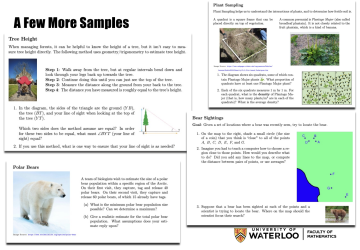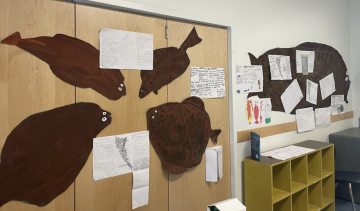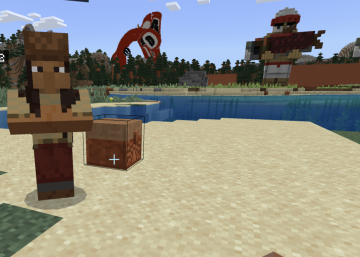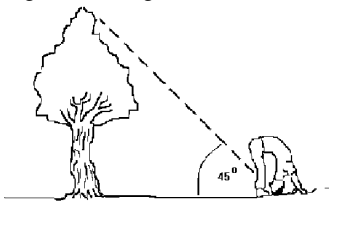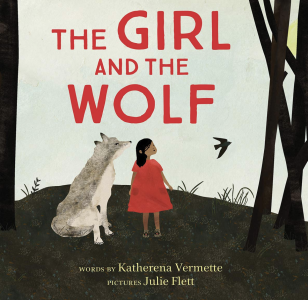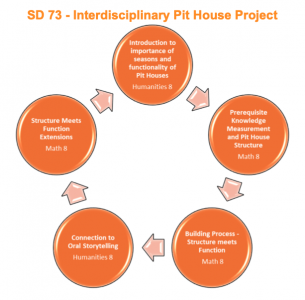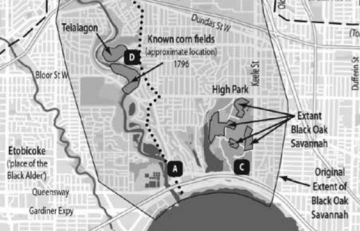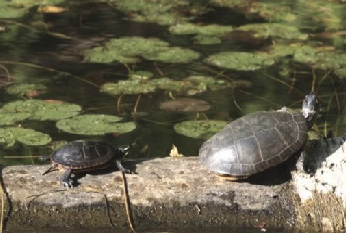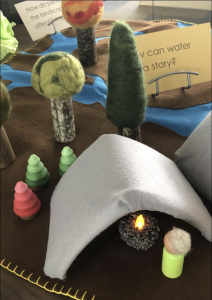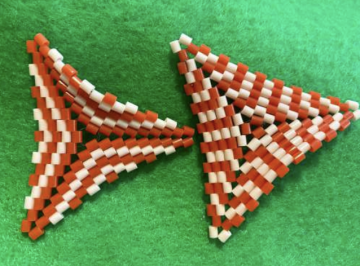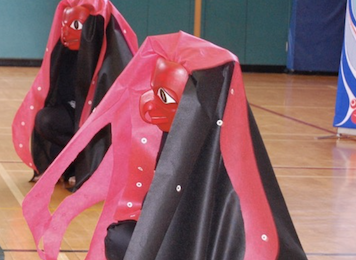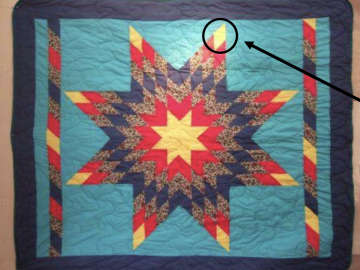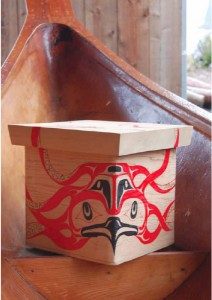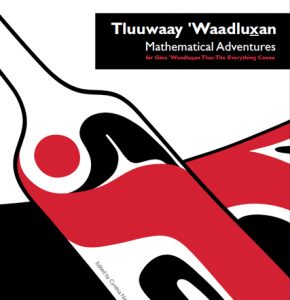Stump Stories: A Guided Inquiry
This page presents a guided inquiry called “Stump Stories,” in which learners engage with tree stumps as rich mathematical contexts and then use those observations to pose questions and develop mathematical investigations.
Nature Quests and Numeracy
This page offers a series of “Nature Quests” that invite students to explore mathematics through outdoor and place-based learning. Each quest begins with a short video that encourages students to notice elements of the natural world and then extend their observations into mathematical investigations.
Numeracy Pen Pal Project
Alexis, Heather, and Kristin have collaboratively developed a math-focused unit incorporating Indigenous ways of Knowing and observations of the natural world. Their project connected Alexis and Heather’s classes through a penpal format, culminating in a land-based field trip.
Indigenous Garden Project
This project merged math and Indigenous knowledge through a permaculture garden design. Students applied measurement concepts while exploring their land and culture.
Problems with a Purpose
The CEMC’s “Problems with Purpose” offers real-world math challenges, including Cree language puzzles, for grades 4-12.
Building a Community of Inquiry through Indigenous Storywork Principles
Annie Simard, Sandra Fox, along with other teachers integrated Indigenous stories into math instruction. Guided by Indigenous Storywork, they created engaging math experiences.
Indigenizing Minecraft through a Numeracy (STEAM) Lens
embark on a historical journey to a coastal village where students collaborate with Elders to learn sustainable winter preparation. Armed with this ancestral knowledge, students are tasked with designing their own thriving community
Place-Based Math Meets Indigenous Storywork
Jess Kyle’s project merged Indigenous Storywork and place-based math. By incorporating Sto:lo stories and territory story mats, students explored math through their surroundings, guided by their own curiosity.
What Is The Most Beautiful Thing You Know About Cedar Trees?
Inspired by What is the Most Beautiful Thing You Know About Horses? Students explore their environments mathematically, culminating in a story as the finished product.
Estimating Tree Heights
Nikki demonstrates how ethnomathematics connects math to culture and everyday life. By incorporating Indigenous knowledge, she enhances student engagement and understanding. An included “Estimating Tree Height” activity brings learning outdoors.
The Girl and the Wolf
This lesson blends Indigenous stories and math. By exploring “The Girl and the Wolf” written by Katherena Vermette, students connect with Indigenous Storywork and First Peoples’ Principles of Learning while learning about addition, subtraction and measurement concepts.
What’s the most beautiful thing you know about horses?
This lesson blends Indigenous stories and math. By exploring “What’s the Most Beautiful Thing You Know about Horses” written by Richard Van Camp students connect with Indigenous Storywork and First Peoples’ Principles of Learning while learning about patterns, fractions, and measurement.
Pit House Project
In this hands-on project, students explore Secwepemc culture and learn how functionality affects the structure of a pit house.
Math Can Have Meaning
In this activity students engage in a 3-Act-task surround Indigenous Storywork utilizing the Okanagan Legend “How Turtle Set the Animal Free”.
Exploring Elapsed Time Through Indigenous Story
Students explore elapsed time through Indigenous Storywork principles and the book “The First Salmon Run” by Rhonda Girard.
Opening the Basket Stó:lō Sitel Curriculum
This presentation showcases how three educators integrated Surrey Schools’ Opening the Basket Sto:lo Sitel curriculum into grades 1-4 math. Through hands-on activities like measuring fish and creating maps, students explored math concepts while learning about Indigenous culture. Indigenous Storywork guided the entire process.
Beadwork + Mathwork
Allison Gardner’s resource integrates beading into grades 4-8 math through a First Peoples Principles of Learning lens. Using the Medicine Wheel as a starting point, students explore math concepts while learning about beadwork. The resource includes detailed lesson plans and references to relevant texts.
Using Seasonal Rounds to Teach Mathematics
Discover how seasonal rounds can transform early math learning. Jessica Naziel shares practical strategies for teaching number sense, fractions, and measurement through nature-based activities.
The Paper Drum Project
Megan Hanna’s Paper Drum Project merges math and culture, as students explore geometry and measurement while learning about Indigenous drumming traditions.




